Straw is no longer wasted
In recent years, farmers at Tien Thuan Agricultural and Service Cooperative in Hamlet H2, Thanh Quoi Commune, Can Tho City no longer burn straw in the fields after rice harvests. The straw from rice production has been collected by farmers to serve various production activities to increase income. In particular, with support from the city's Department of Agriculture and Environment (DARD) and related units, farmers at the Cooperative have used machines and technology to collect straw for use in the direction of circular economy . Straw is used to grow straw mushrooms, and the straw substrate continues to be reused to compost into organic fertilizer to serve rice production and other crops.

Demonstration of the application of machinery and technology in collecting and processing straw in the fields at Tien Thuan Agricultural and Service Cooperative.
Mr. Nguyen Cao Khai, Director of Tien Thuan Agricultural and Service Cooperative, said: “The rice production efficiency of many farmers in the cooperative has not only been improved thanks to participating in the high-quality, low-emission rice production model, but farmers also have a significant additional income from straw exploitation. With the support of the city's Department of Agriculture and Environment along with relevant institutes, schools and units, especially the International Rice Research Institute (IRRI), farmers in the cooperative have access to advanced machinery and technology to help collect and process straw quickly and save costs. Farmers are also instructed to use straw to grow straw mushrooms according to different models such as outdoor and indoor planting to proactively adapt to local production conditions according to each crop season.”
According to Mr. Pham Dinh Thieu, a member of Tien Thuan Agricultural and Service Cooperative, his family has 5 hectares of rice. From 2024 until now, when participating in the high-quality, low-emission rice production model and receiving support and guidance from the authorities to implement the circular economic model from straw, he has increased his income by 15 million VND/rice crop or more... The good news is that recently, farmers at the Cooperative have continued to receive support from the authorities to apply technological solutions that integrate mechanical tilling or plowing of straw with spraying or spreading biological products to treat straw in the field. Thereby, helping farmers make good use of the remaining straw in the field to create a source of nutrients to replenish the soil.
Spread and replicate the model
In order to create conditions for many farmers to access machines, technology and models of straw exploitation and utilization in the direction of circular economy, the Department of Crop Production and Plant Protection under the Department of Agriculture and Environment has just coordinated with IRRI to organize the "Farmers' Festival to demonstrate mechanized straw burying combined with the application of biological products to improve soil health" at Tien Thuan Agricultural and Service Cooperative.
Farmers participating in the festival from many communes and wards in the city witnessed the operation of machines and technologies in straw processing and directly exchanged with experts. At the same time, they visited models of growing straw mushrooms indoors and outdoors, as well as using straw substrates to produce organic fertilizers. Thereby, helping farmers have information and knowledge to optimize the use of straw in accordance with their production conditions, in order to improve the rice value chain and reduce greenhouse gas emissions. This is a very important issue to achieve the goals of the Project on sustainable development of one million hectares of high-quality, low-emission rice associated with green growth in the Mekong Delta by 2030 (the Project on one million hectares of rice).
According to Ms. Nguyen Thi Giang, Deputy Director of the Department of Agriculture and Environment of Can Tho City, straw treatment is an issue that the city's Department of Agriculture and Environment pays great attention to in the process of implementing the One Million Hectare Rice Project in the city. The ultimate goal is to contribute to reducing emissions and increasing income for rice growers. In the coming time, the Department of Agriculture and Environment will continue to coordinate closely with domestic and foreign partners to help farmers and businesses access and apply advanced machinery and technology. Can Tho has an area of 170,000 hectares to implement the One Million Hectare Rice Project by 2030, of which the area to be implemented in 2025 is 104,500 hectares.
In fact, when farmers collect straw from the field to serve other production activities, there is often a significant amount of straw and stubble left. Therefore, it is very necessary to increase support and guide farmers to apply mechanization combined with microbial technology to quickly decompose straw in the field. In addition, in the summer-autumn and autumn-winter crop seasons, unfavorable rainy and flooded weather makes it difficult to collect straw, increasing costs. Wet and muddy straw is also difficult to exploit and use to increase value. In these cases, treating straw in the field is the optimal solution to help farmers reduce costs, promptly prepare the land for new crops, and increase soil nutrients.
According to Mr. Nguyen Van Hieu, working at Tien Giang University, IRRI's technical consultant, field treatment is the core solution for the amount of straw that cannot be collected. New technologies allow burying straw directly into the soil, combined with microbial preparations to accelerate the decomposition process, helping to restore nutrients to the soil, increase fertility and create favorable conditions for farmers to successfully implement the One Million Hectare Rice Project. The success in researching and applying this technology to actual field cultivation is the result of close cooperation between IRRI, the Department of Agriculture and Environment of Can Tho City, the Vietnam Rice Industry Association and partners who have provided funding, technology and long-term testing.
According to Mr. Le Thanh Tung, Vice President of the Vietnam Rice Industry Association, to improve the rice value chain, there needs to be a comprehensive strategy focusing on three pillars. These are promoting mechanization to reduce losses during and after harvest, as well as increasing production efficiency. Managing straw well to improve efficiency and reduce greenhouse gas emissions, paying attention to organic fertilizers to improve soil, reducing the cost of inorganic fertilizers. Improving soil health, considering soil nourishment as a long-term investment, ensuring sustainable production for future generations.
Article and photos: KHANH TRUNG
Source: https://baocantho.com.vn/ung-dung-may-moc-cong-nghe-de-toi-uu-hieu-qua-su-dung-rom-ra-a193809.html


![[Photo] Prime Minister Pham Minh Chinh receives Lao Minister of Labor and Welfare Phosay Sayasone](https://vphoto.vietnam.vn/thumb/1200x675/vietnam/resource/IMAGE/2025/11/11/1762872028311_dsc-2246-jpg.webp)



![[Photo] Chu Noodles - the essence of rice and sunshine](https://vphoto.vietnam.vn/thumb/1200x675/vietnam/resource/IMAGE/2025/11/11/1762846220477_ndo_tl_7-jpg.webp)












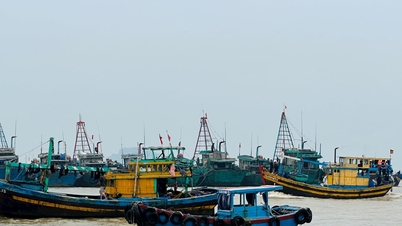






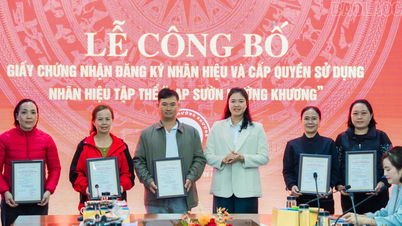









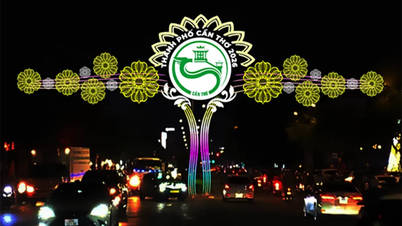






















































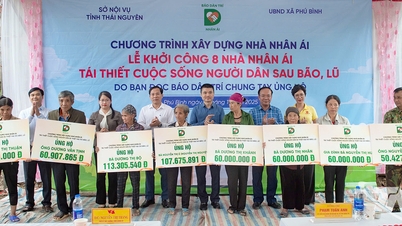

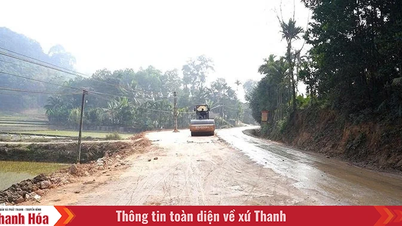




![Dong Nai OCOP transition: [Article 3] Linking tourism with OCOP product consumption](https://vphoto.vietnam.vn/thumb/402x226/vietnam/resource/IMAGE/2025/11/10/1762739199309_1324-2740-7_n-162543_981.jpeg)



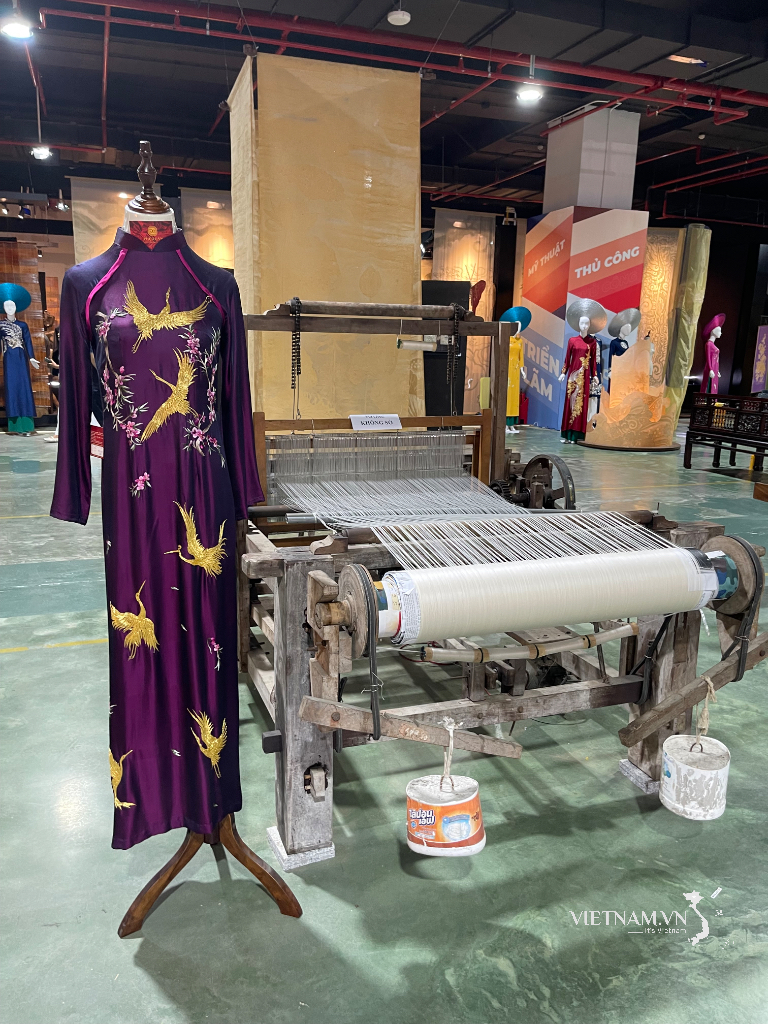
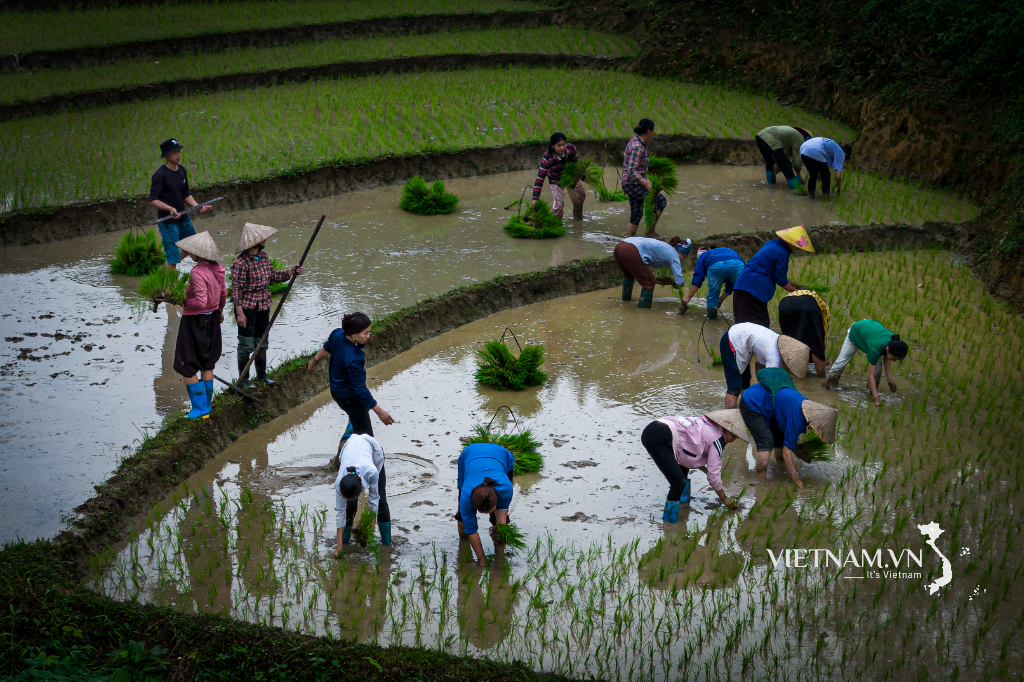


Comment (0)